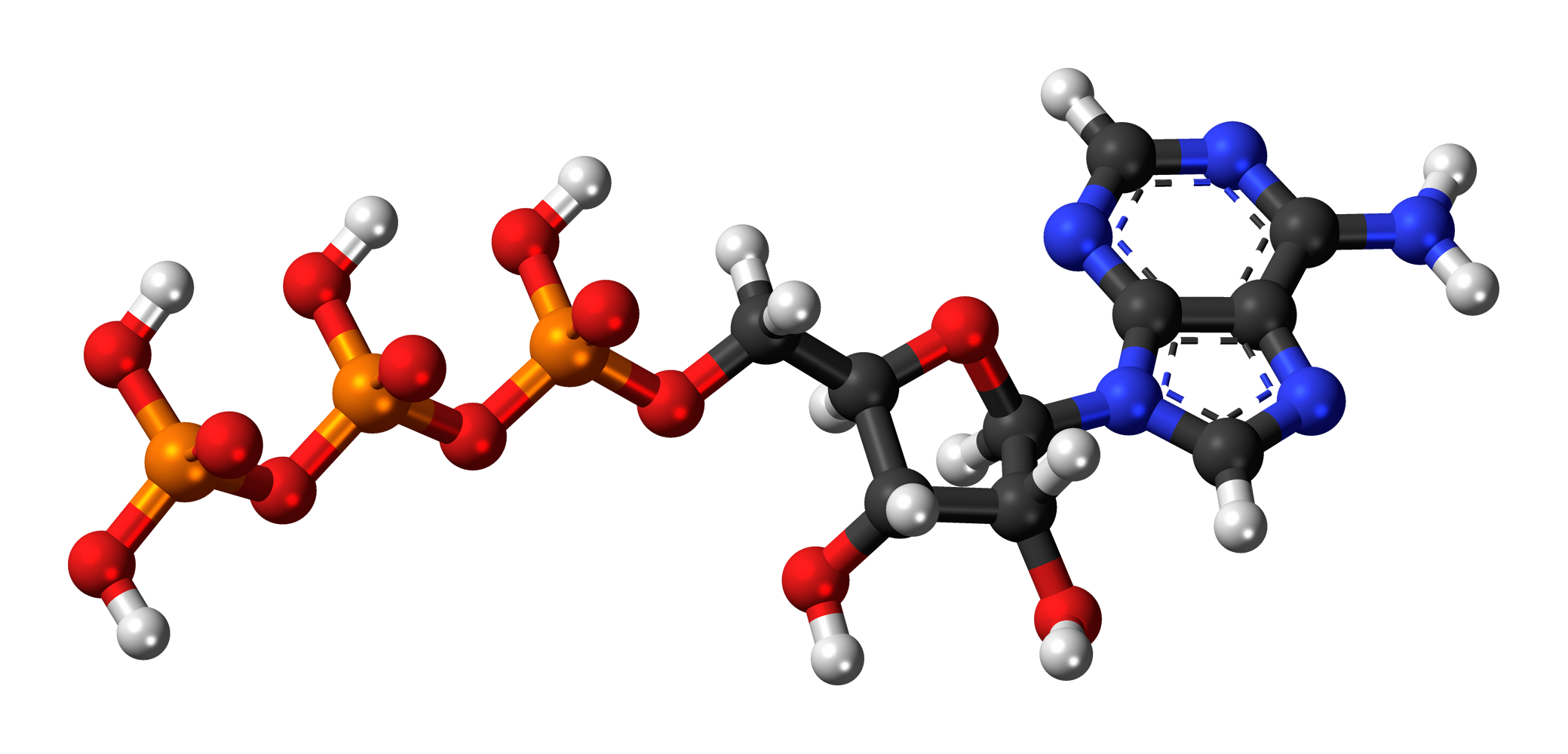Ever since coenzyme Q10, an essential molecule for cellular energy production, was first discovered in 1957, those of us in antiaging and longevity circles have been crazy about it: what it can prevent, how to supplement it, and how to increase the body's production of it. For example, the form of coenzyme Q10 known as ubiquinol is much easier to absorb and is therefore more effective. More recent research has shown that a "nutrient-rich biomass" called shilajit, found in the Himalayas, can boost CoQ10 efficiency (Life Extension Foundation, February 2016).
What is Shilajit?
Shilajit has been used for centuries by Ayurvedic practitioners to treat or prevent a range of health problems. Preserved in Himalayan rocks, it is a rich organic material that forms in the rhizosphere, a thin layer of the earth where living roots and microbes interact with deeper layers of the earth's rocky crust. Traditionally it has been prized for its antiaging, immunity enhancing and energy boosting properties, and now science has vindicated its reported effects on energy, inflammation, cognitive function and more. Technically it is classed as an adaptogen, a category of natural medicines that increases the body's ability to maintain its integrity under stress. Shilajit enhances the body's production of a substance called adenosine triphosphate (ATP), which is almost always how the body stores energy for instant use - much like money. This is partially by its fulvic acid content, which stimulates energy production and boosts its efficiency. Fulvic acid has been shown to inhibit the buildup of dangerous tau proteins that damage neurons from the inside out in Alzheimer's disease (all references in the LEF issue above). Shilajit may also
increase levels of neurotransmitters such as dopamine, which is essential for life and the prevention of "grumpy old man/woman syndrome".
 |
| A model of adenosine triphosphate (ATP) |
What About Coenzyme Q10, or Both Together?
Coenzyme Q10, or CoQ10, is particularly well-known for its ability to protect the brain and cardiovascular system, mainly because these demand relatively large amounts of energy to function. It is involved in pathways that produce the majority of the body's ATP, and when its levels are low, accelerated aging, increased oxidative stress and earlier death can ensue. One study on rats showed a 11.7% increase in lifespan with CoQ10 supplementation, which translates to an over nine-year increase in lifespan for humans (you can do a lot in nine years!). Why do we need to supplement at times? Aging and statin drug use significantly decreases CoQ10 production. "Normal" aging can result in a 72% decrease of CoQ10 in the heart muscle wall, a 75% drop in the skin, and a 69% drop in the pancreas, for example. Together, shilajit and CoQ10 have been found to significantly boost energy production in mice, while when they were used separately they both had similar levels of efficacy.

No comments:
Post a Comment